The URC Graduate Student Stipend and Research Cost Program for Faculty-Student Collaboration advances high-potential research, scholarship, and creative work following the Teacher-Scholar model of graduate education while providing summer stipend support
to outstanding graduate students, as well as funds to support related research costs
Awards are given to six to seven students in the following areas: Arts & Humanities, Behavioral & Social Sciences, Life Sciences, and Physical Sciences & Engineering. The total award includes up to $6,500 for stipend support and up to $1,000
for research costs payable to the department. These awards are overseen by the University Research Council, the University of Cincinnati's oldest and most prestigious internal funding mechanism.
Congratulations to the following awardees!
ARTS & HUMANITIES
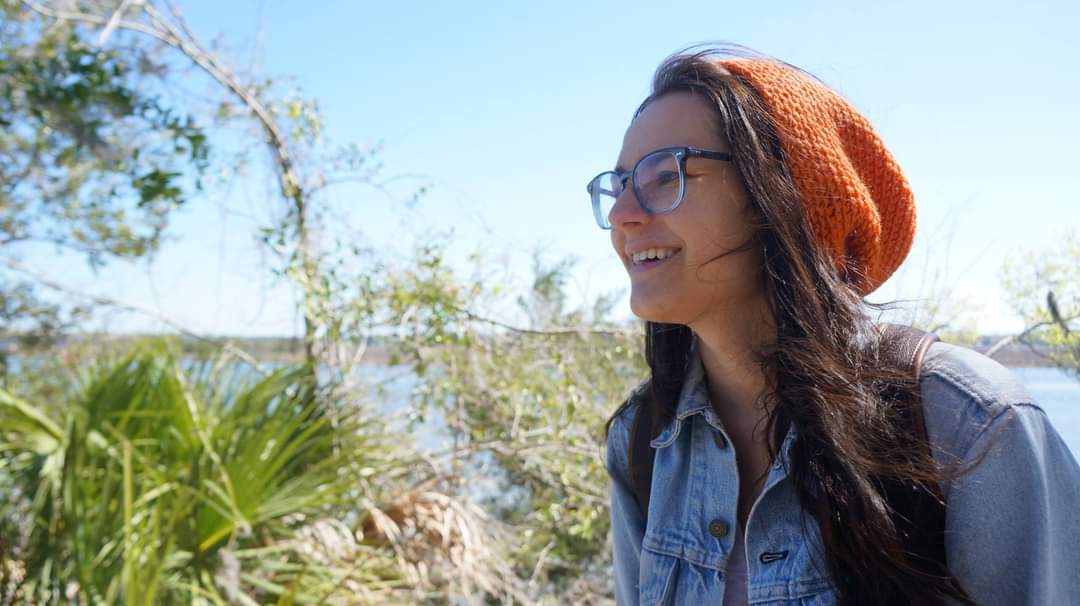 Erin Donnelly
Erin Donnelly
Costume Design & Technology
College-Conservatory of Music
 Chelsea Ensley
Chelsea Ensley
English, Ph.D.
College of Arts & Sciences
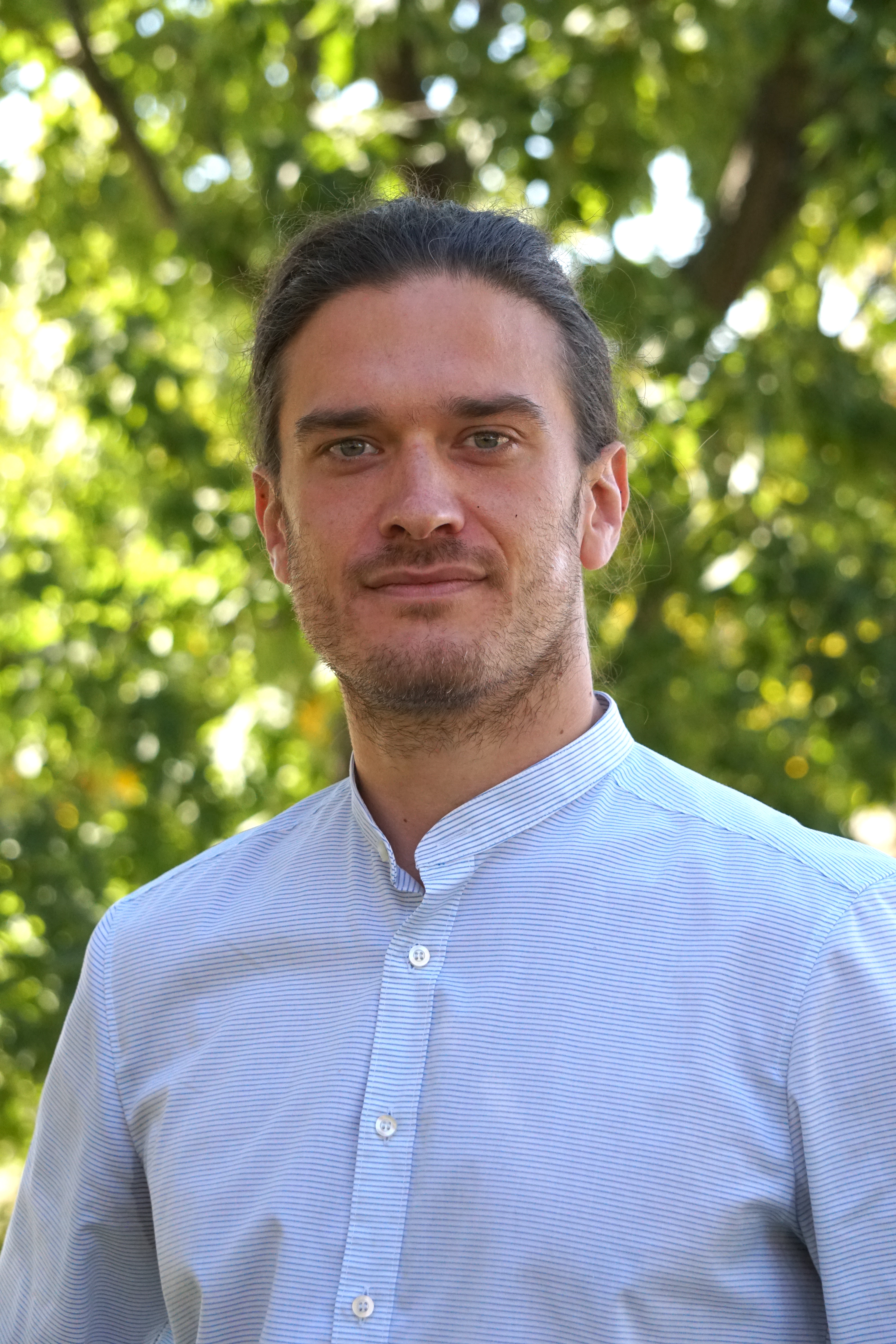 Tim Elmo Feiten
Tim Elmo Feiten
Philosophy, Ph.D.
College of Arts & Sciences
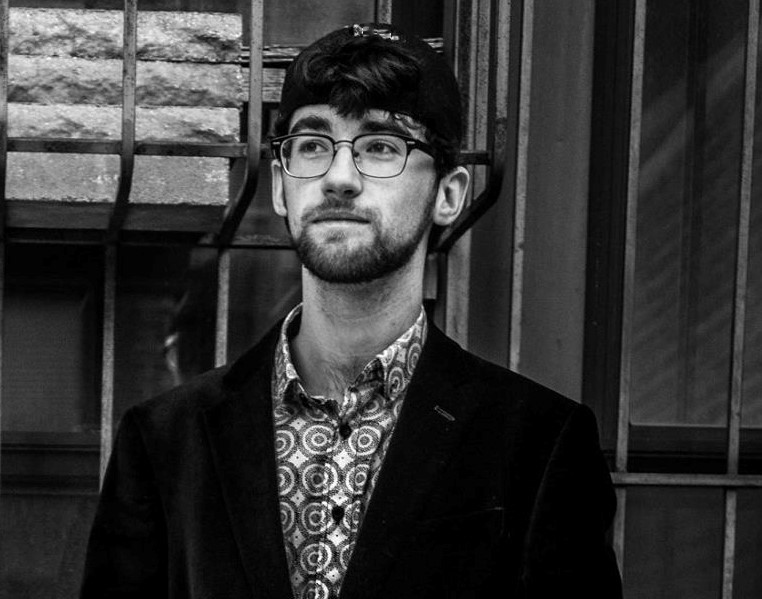 B. Kieran McAuliffe
B. Kieran McAuliffe
Composition, D.M.A.
College-Conservatory of Music
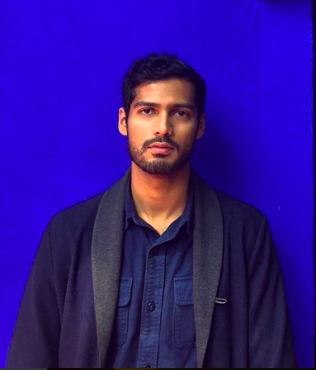 Hassaan Mirza
Hassaan Mirza
English, Ph.D.
College of Arts & Sciences
 Justin Reed
Justin Reed
English, Ph.D.
College of Arts & Sciences
BEHAVIORAL & SOCIAL SCIENCES
 Sabrina Bothwell
Sabrina Bothwell
Psychology, Ph.D.
College of Arts & Sciences
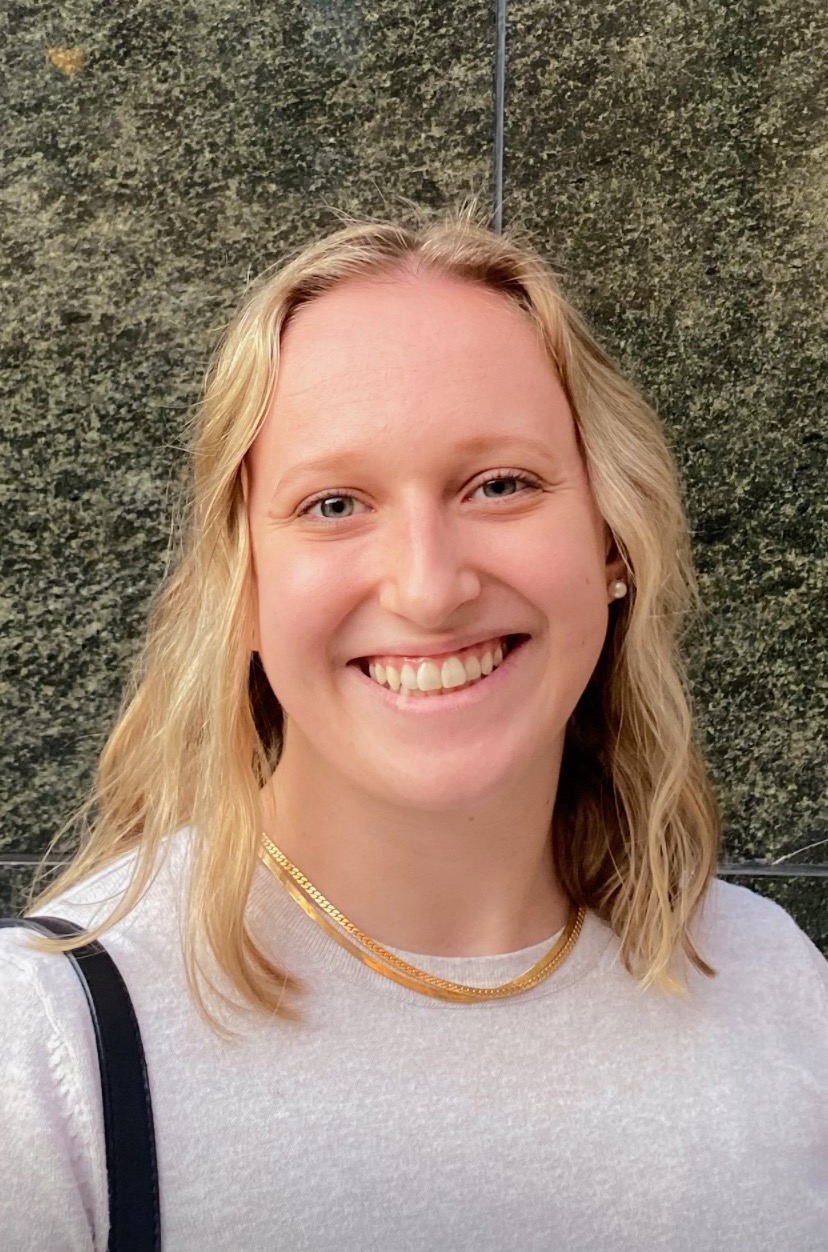 Lisa Gies
Lisa Gies
Psychology, Ph.D.
College of Arts & Sciences
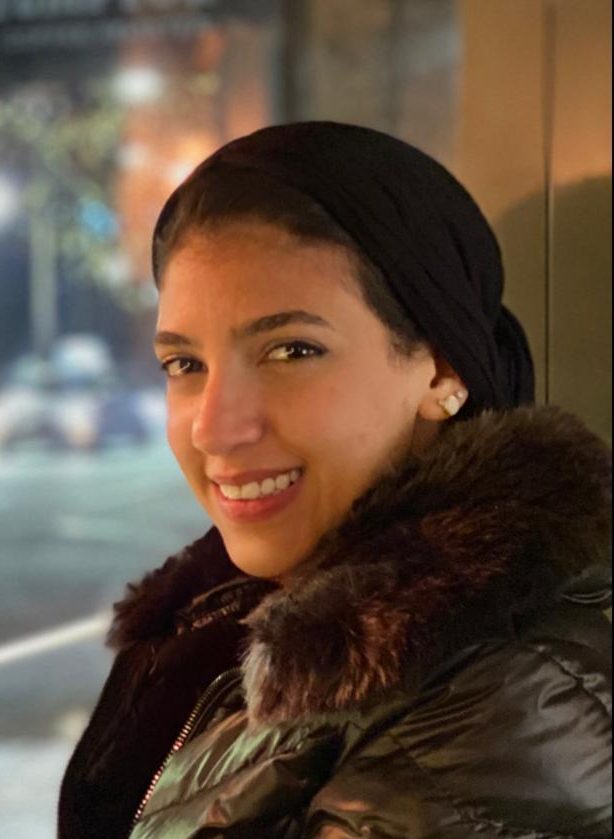 Amna S. Mira
Amna S. Mira
Communication Sciences and Disorders, Ph.D.
College of Arts & Sciences
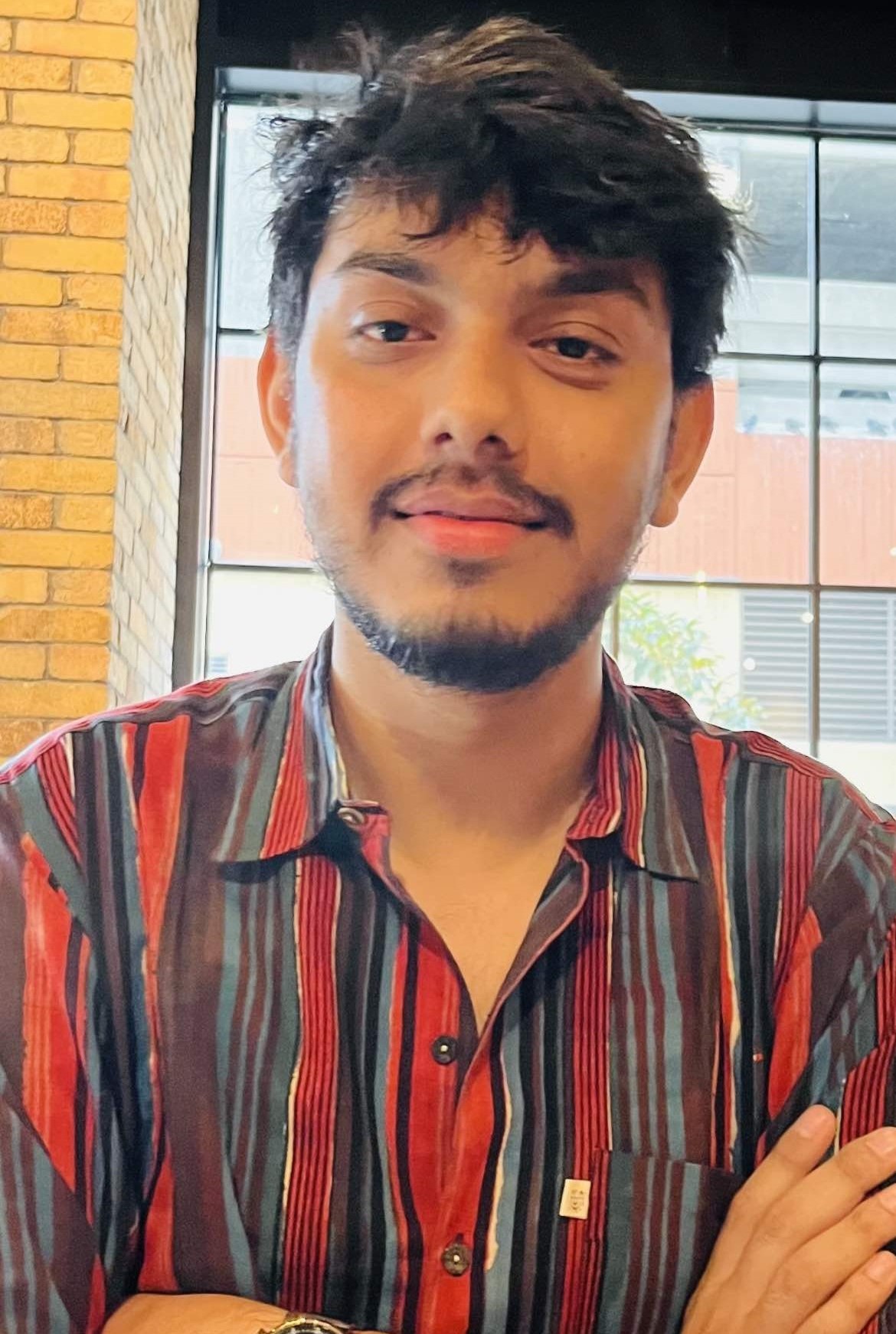 Yash Sharma
Yash Sharma
Political Science, Ph.D.
College of Arts & Sciences
 Zhiwen Song
Zhiwen Song
Educational Studies, Ph.D.
College of Education, Criminal Justice, and Human Services
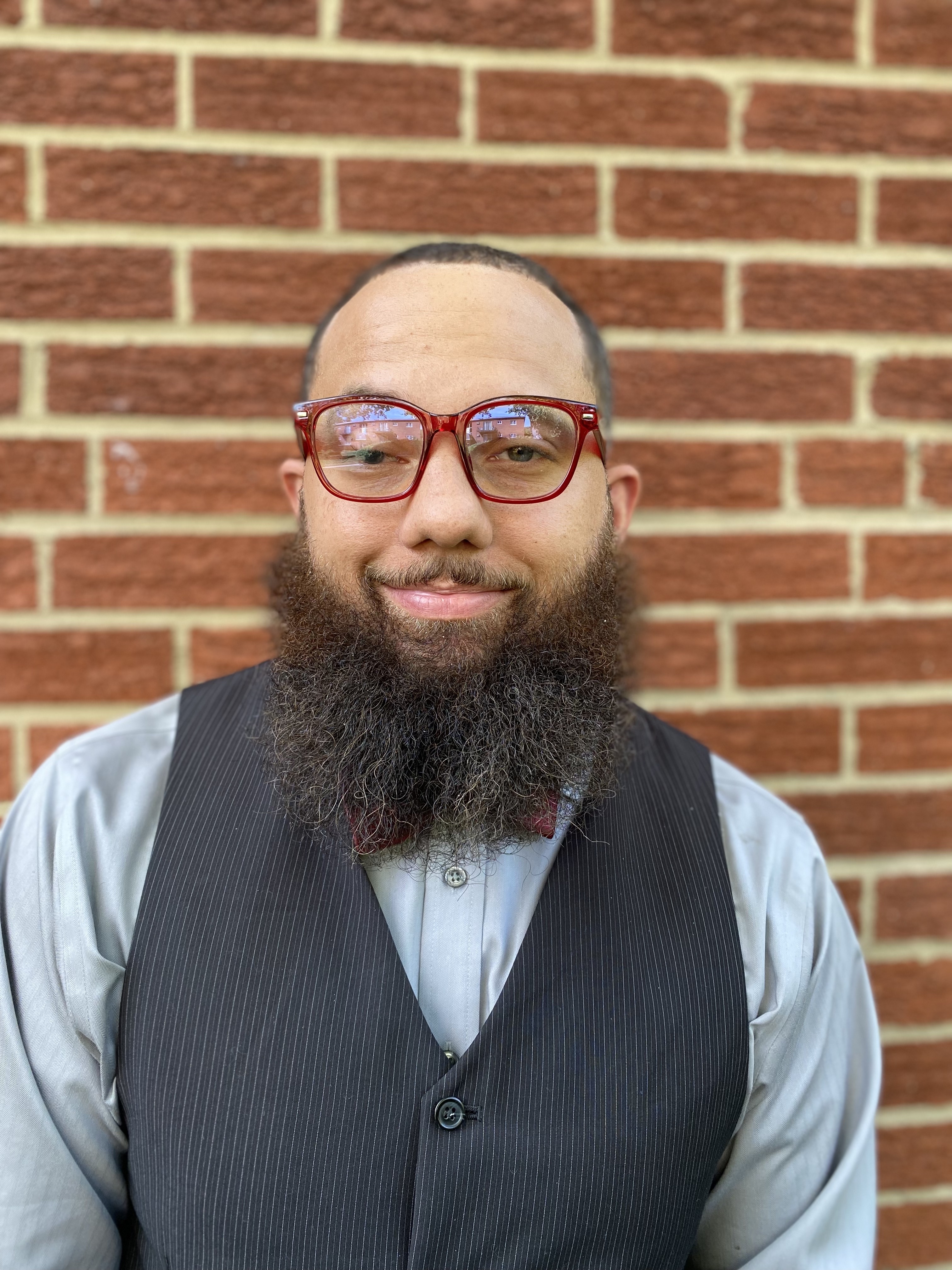 Anthony Jerome Stone Jr.
Anthony Jerome Stone Jr.
Sociology, Ph.D.
College of Arts & Sciences
LIFE SCIENCES
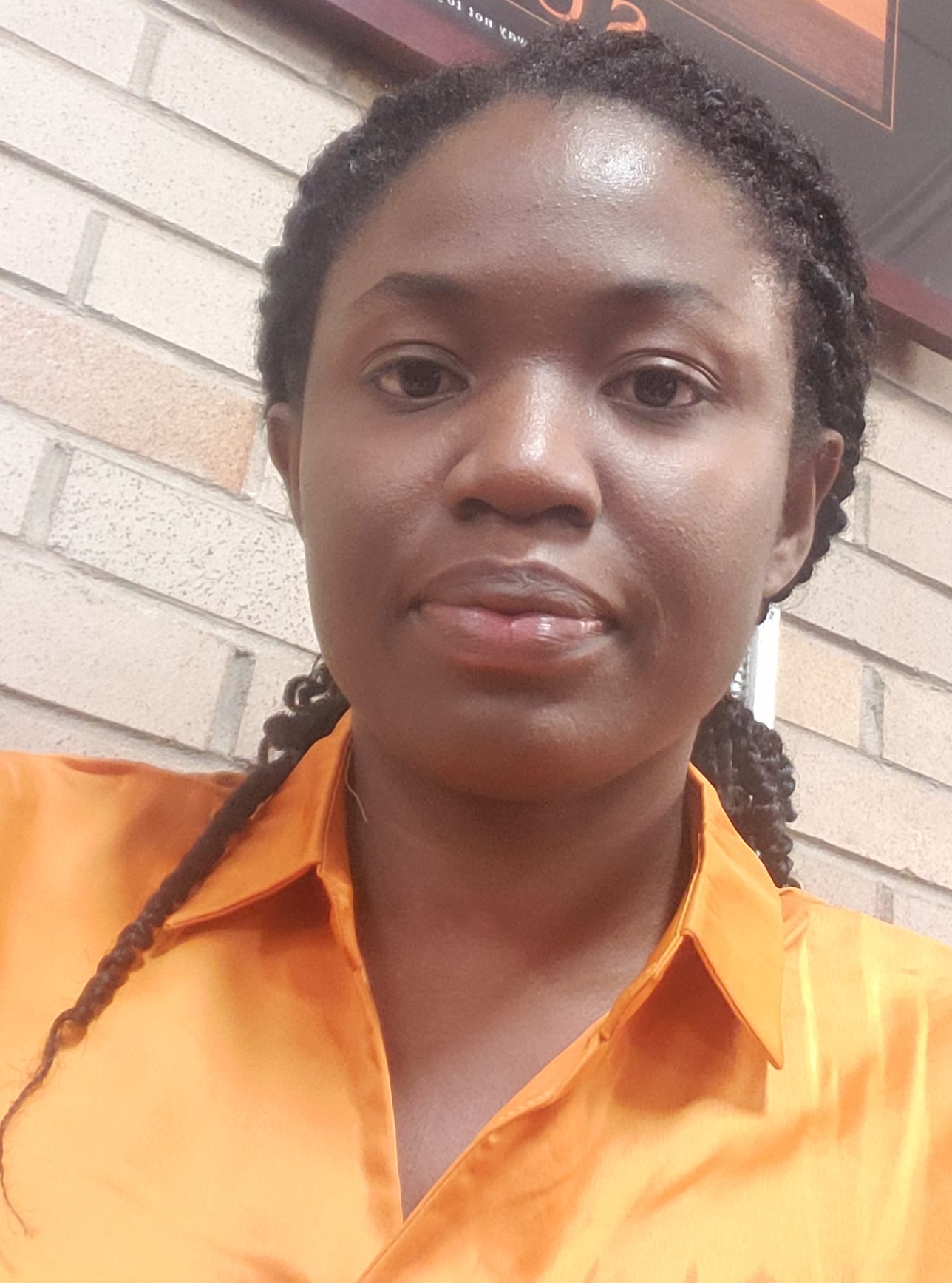 Olayemi R. Ajayi
Olayemi R. Ajayi
Biological Sciences, Ph.D.
College of Arts & Sciences
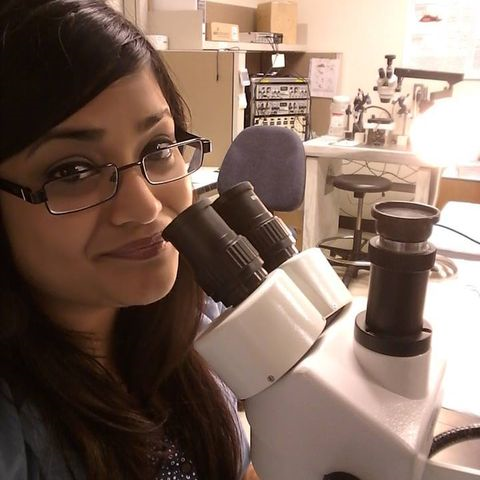 Ruma Chatterji
Ruma Chatterji
Biological Sciences, Ph.D.
College of Arts & Sciences
 Suchandrima Dutta
Suchandrima Dutta
Pathobiology & Molecular Medicine, Ph.D.
College of Medicine
 Levi H. Fox
Levi H. Fox
Cancer & Cell Biology, Ph.D.
College of Medicine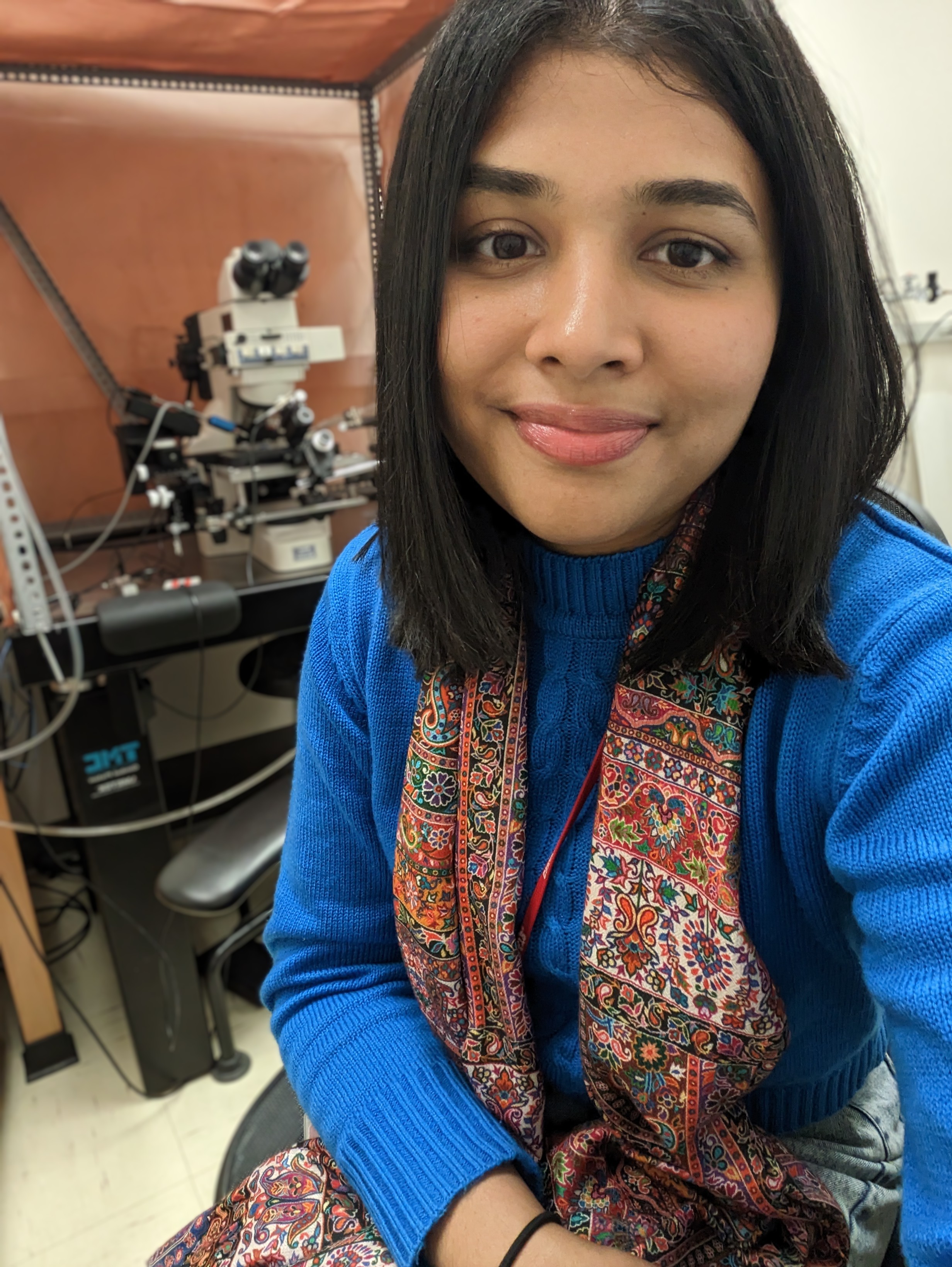 Dilini K. Herath Mudiyanselage
Dilini K. Herath Mudiyanselage
Biological Sciences, Ph.D.
College of Arts & Sciences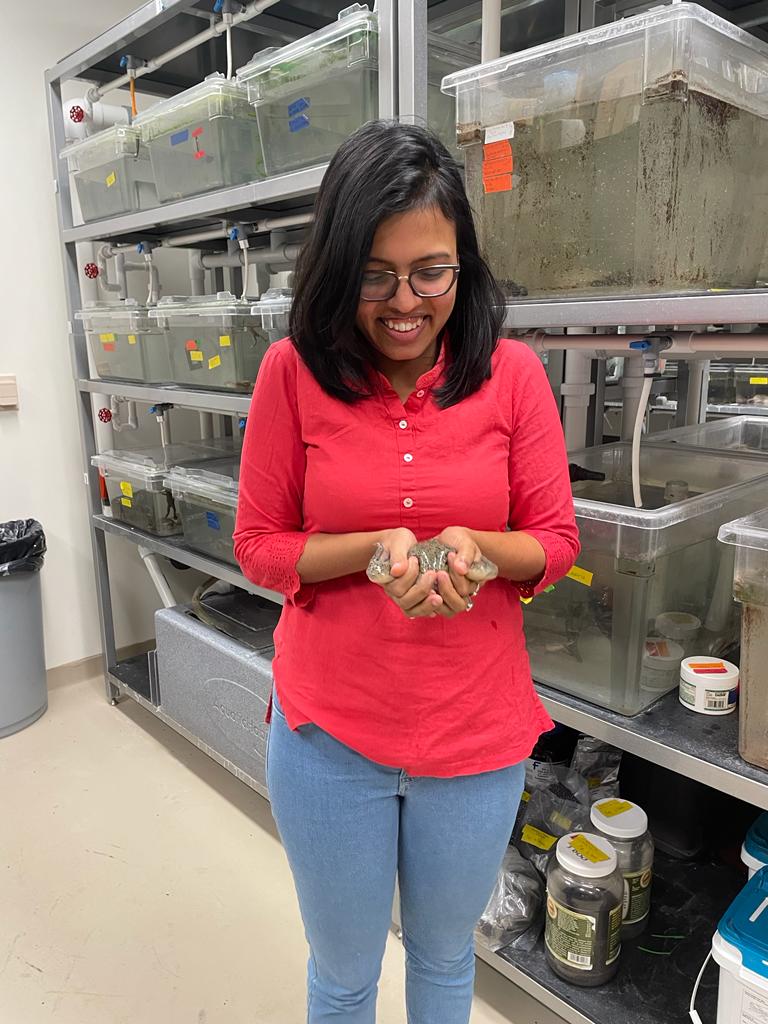 Bidisha Paul
Bidisha Paul
Biological Sciences, Ph.D.
College of Arts & Sciences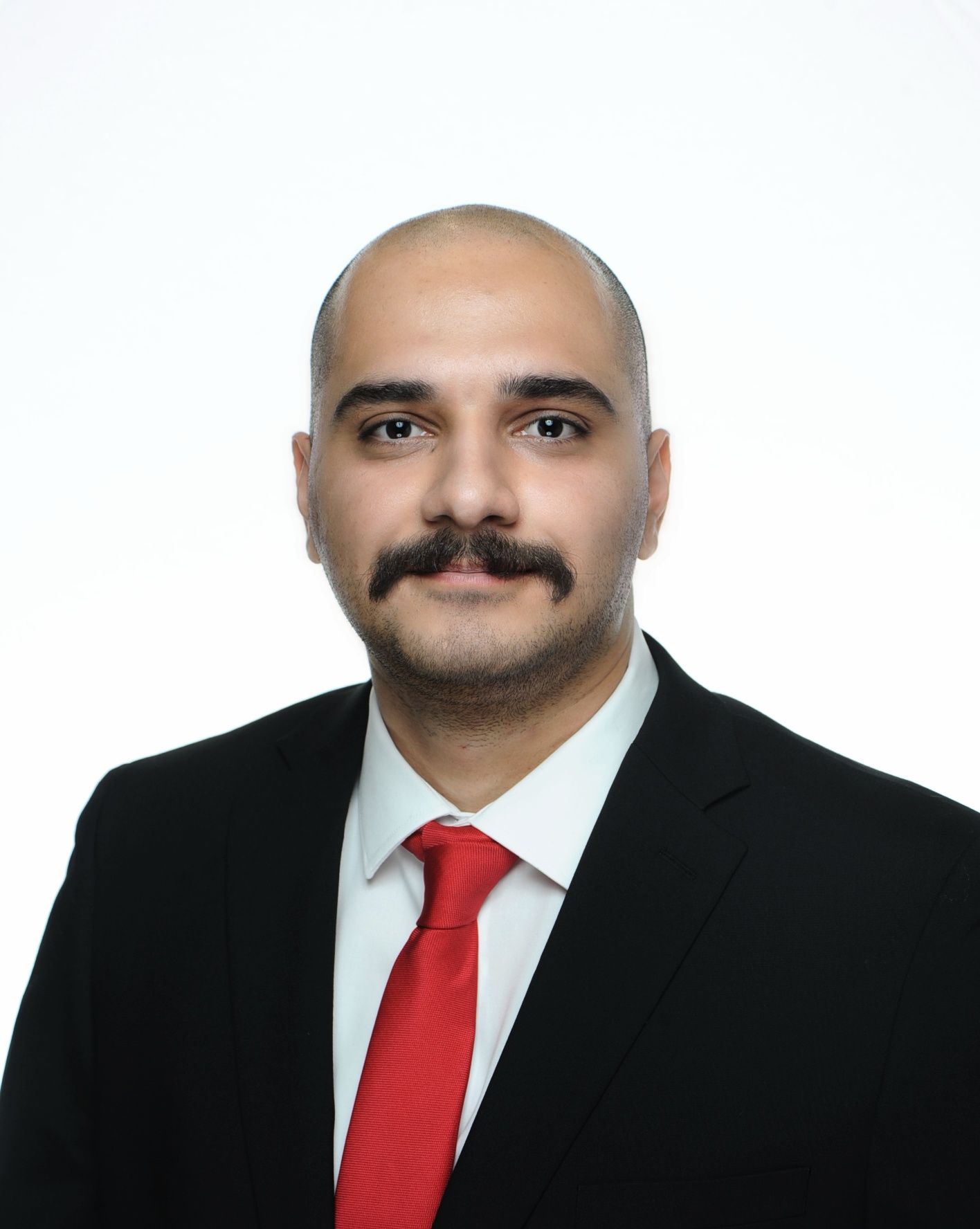 Salar Balou
Salar Balou
Chemical Engineering, Ph.D.
College of Engineering & Applied Science Ashwin Chaturvedi
Ashwin Chaturvedi
Chemistry, Ph.D.
College of Arts & Sciences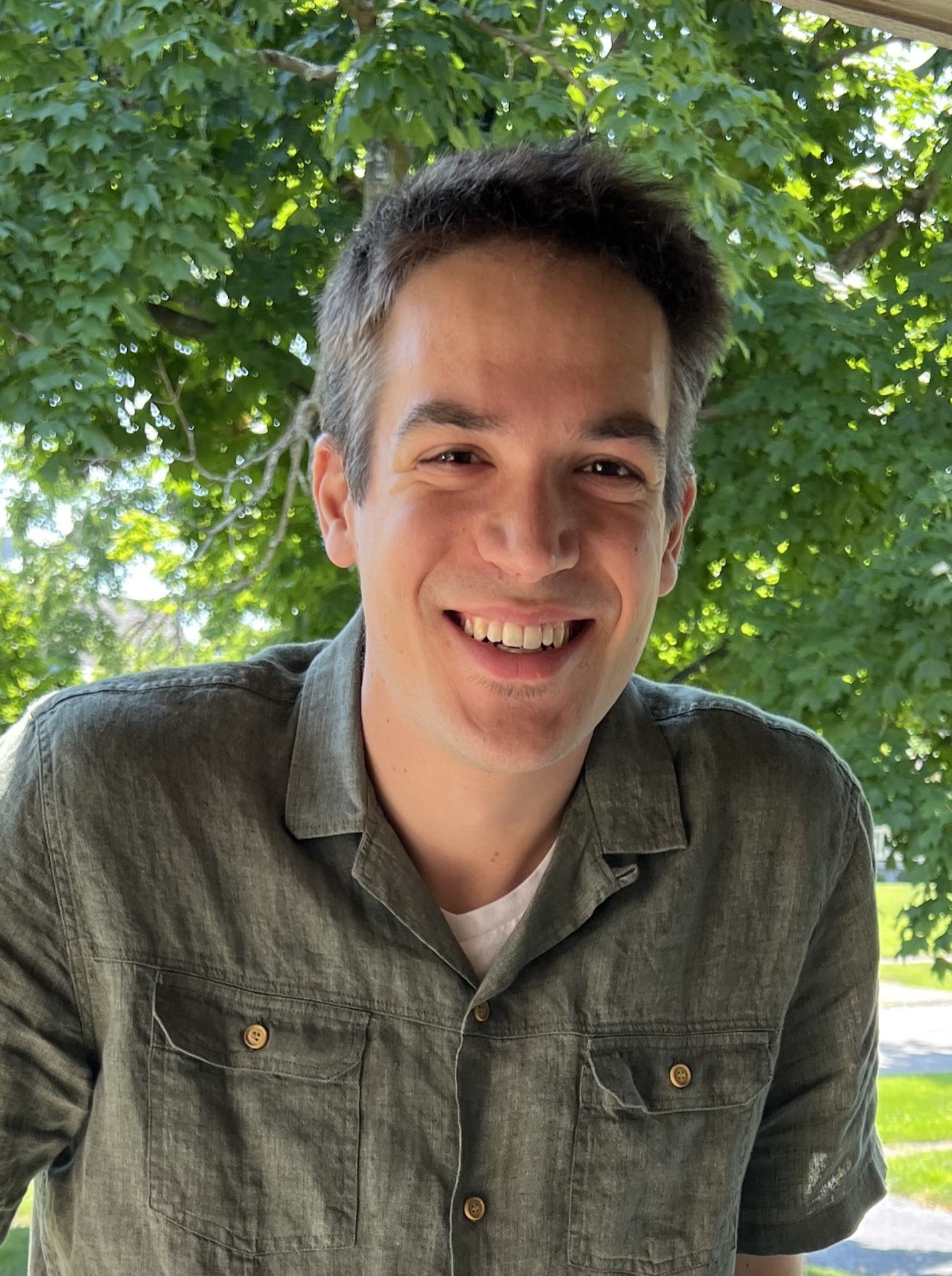 Josh Kline
Josh Kline
Mathematical Sciences, Ph.D.
College of Arts & Sciences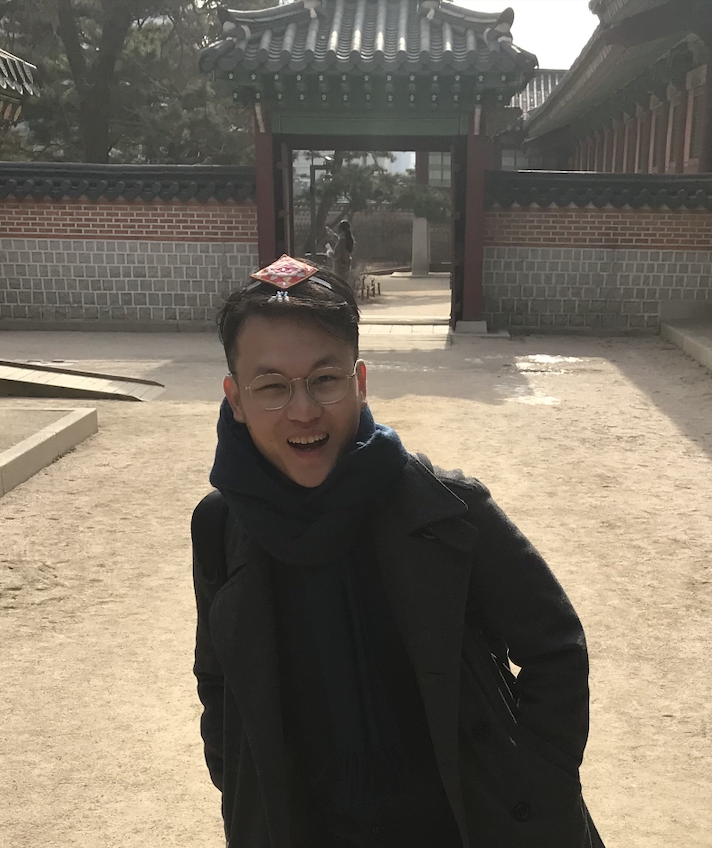 Thinh Nguyen
Thinh Nguyen
Electrical Engineering, Ph.D.
College of Engineering and Applied Science Der Vang
Der Vang
Chemistry, Ph.D.
College of Arts & Sciences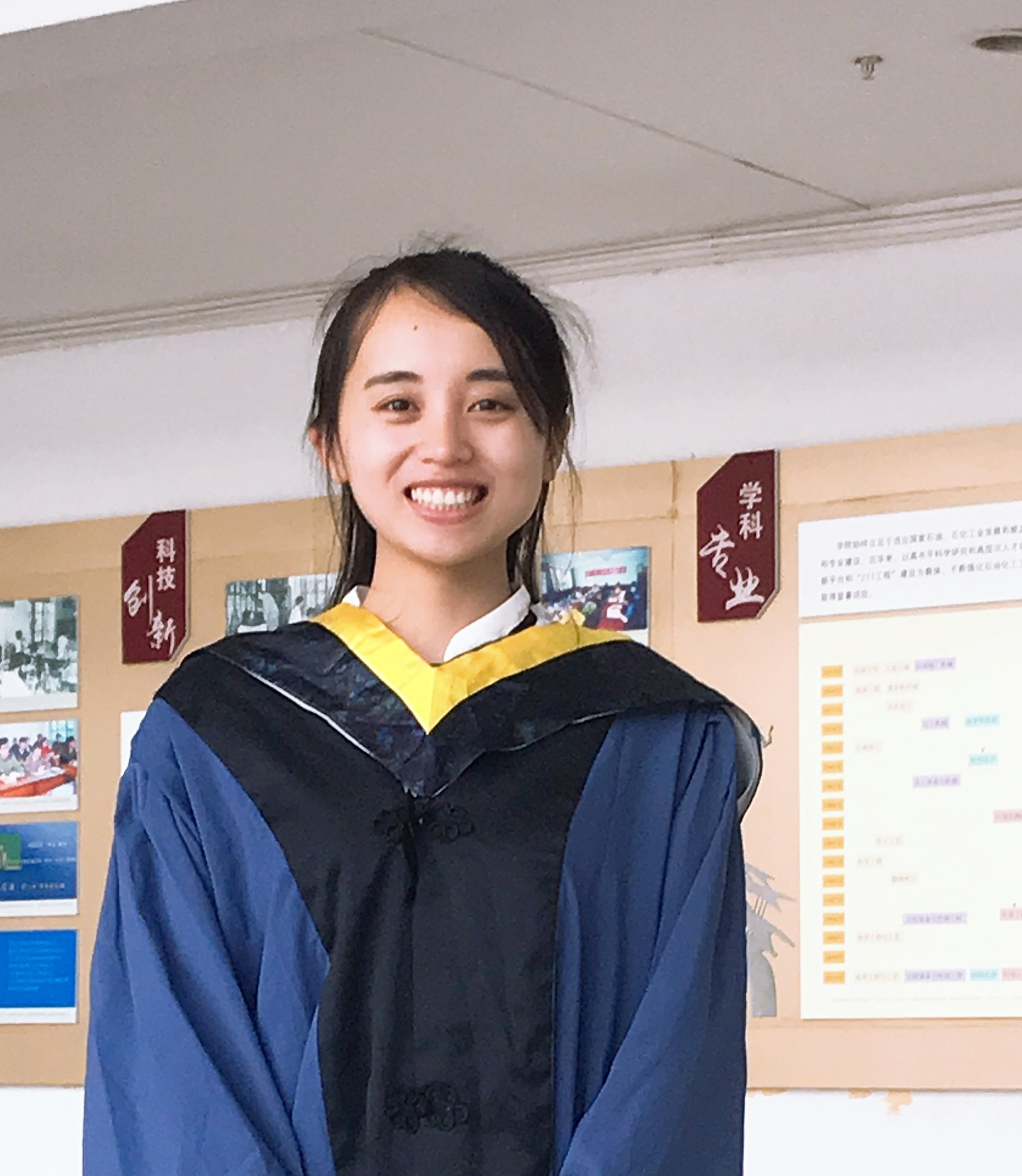 Kaili Yan
Kaili Yan
Chemistry, Ph.D.
College of Arts & Sciences Syed Qasim Zaheer
Syed Qasim Zaheer
Aerospace Engineering, Ph.D.
College of Engineering and Applied Science